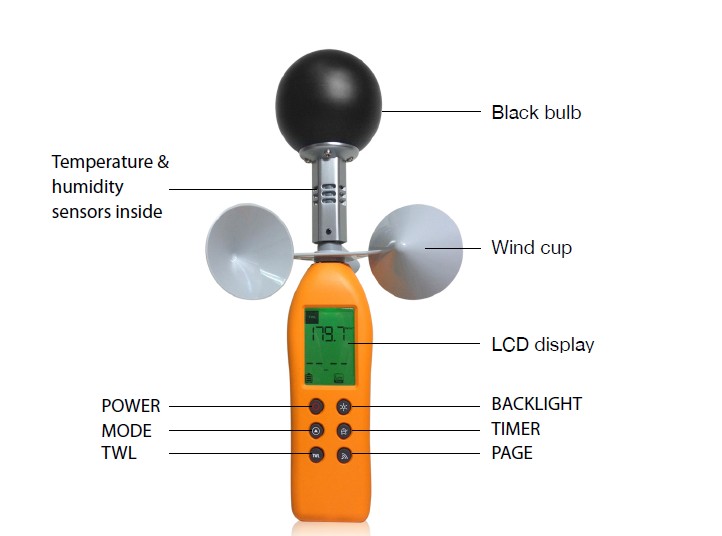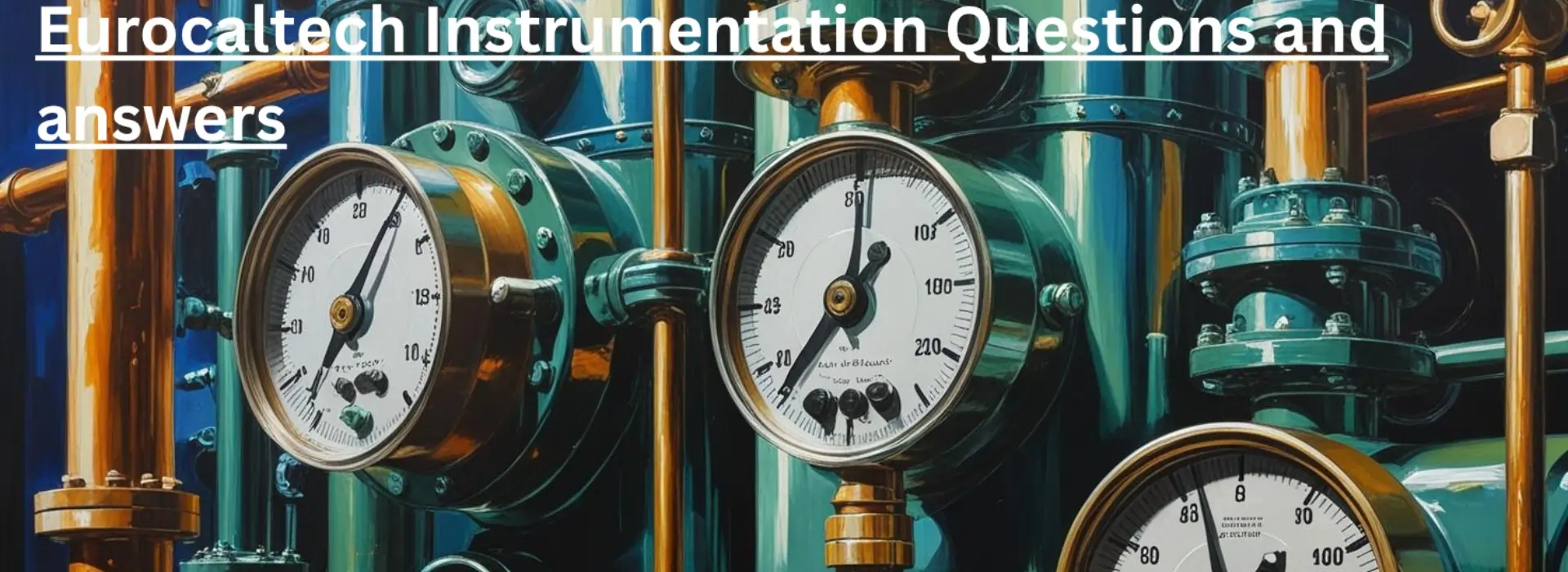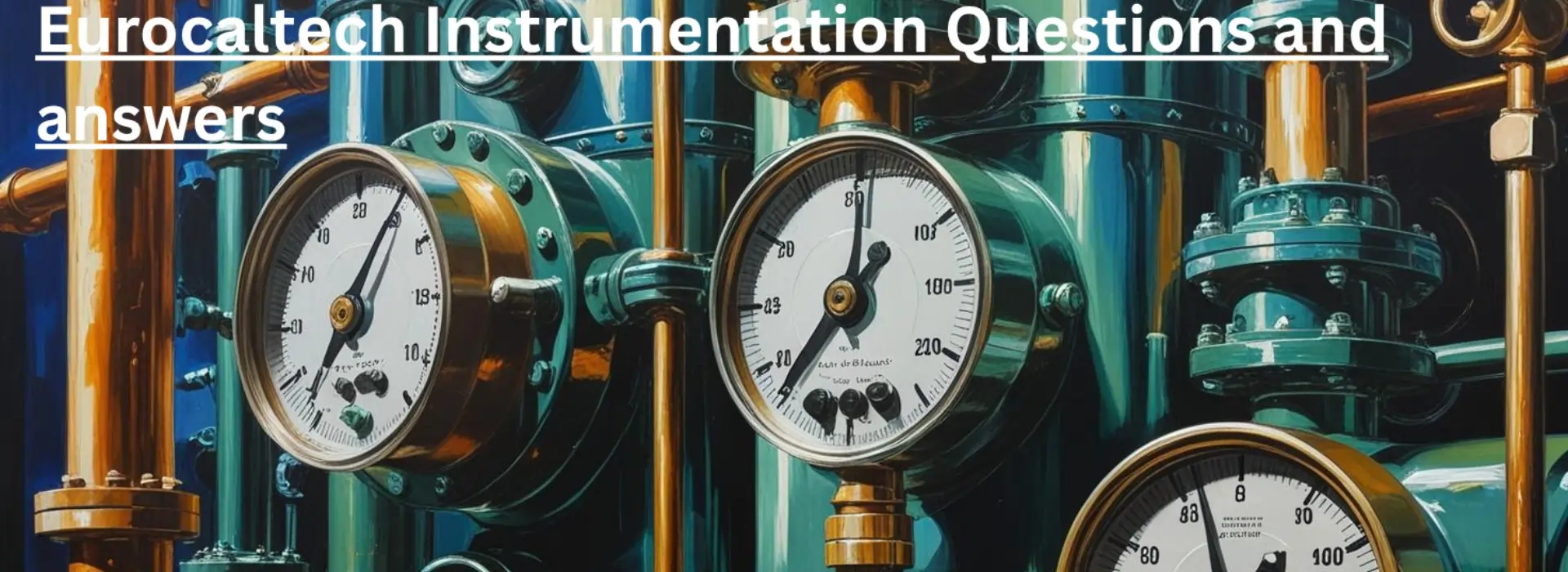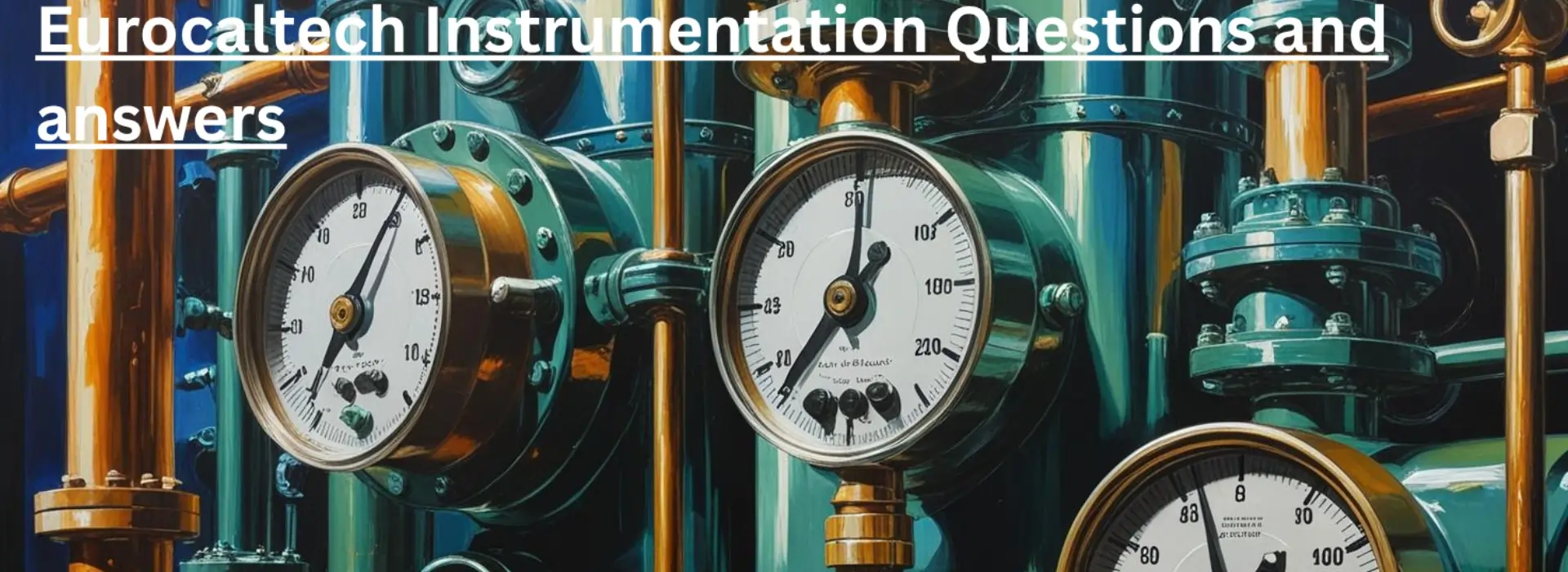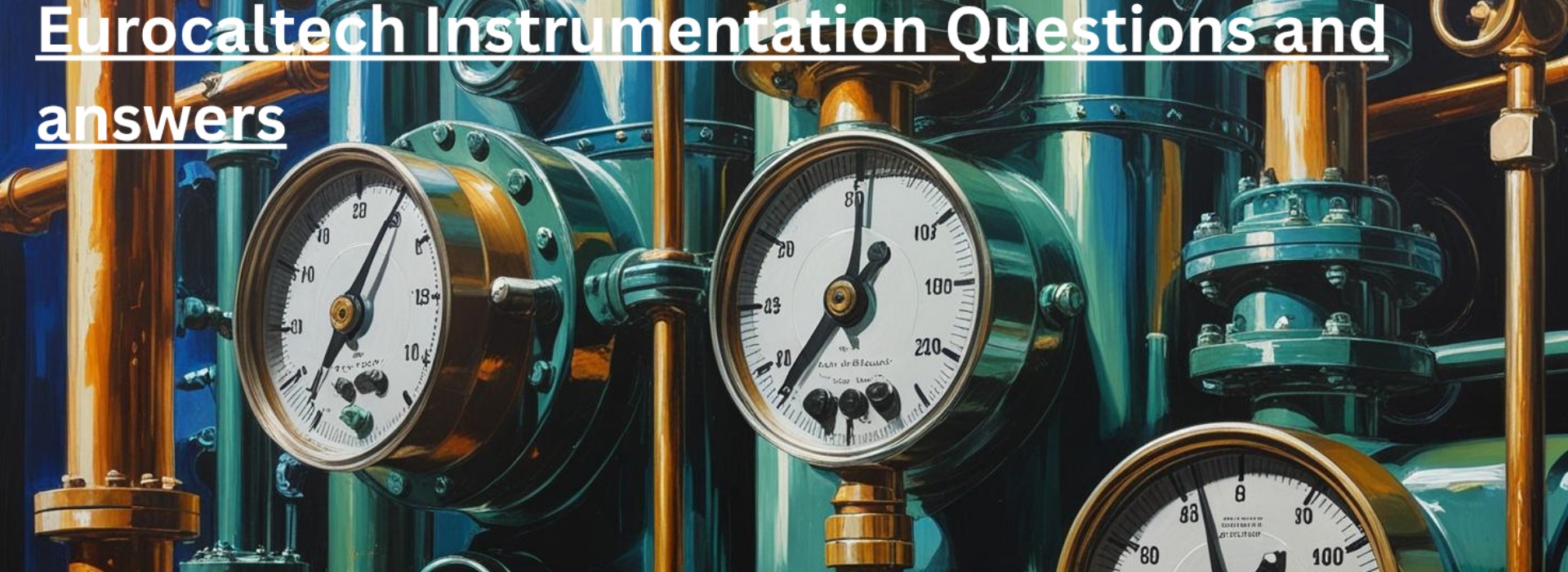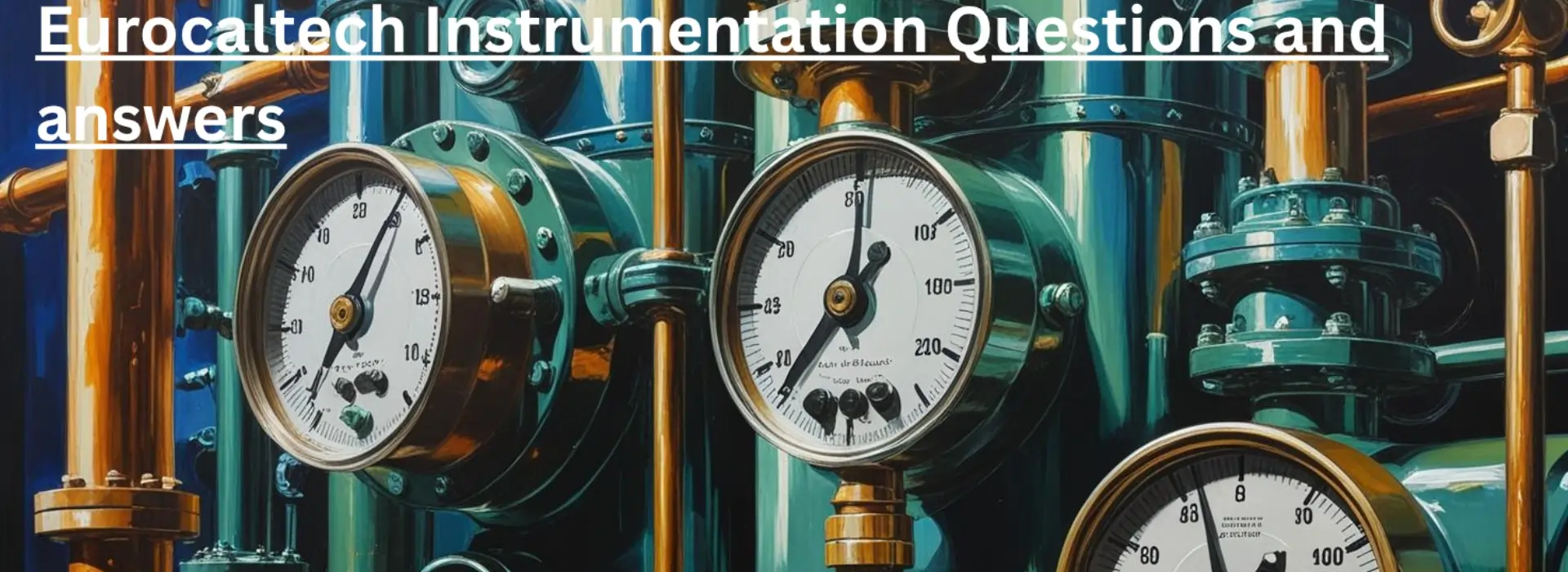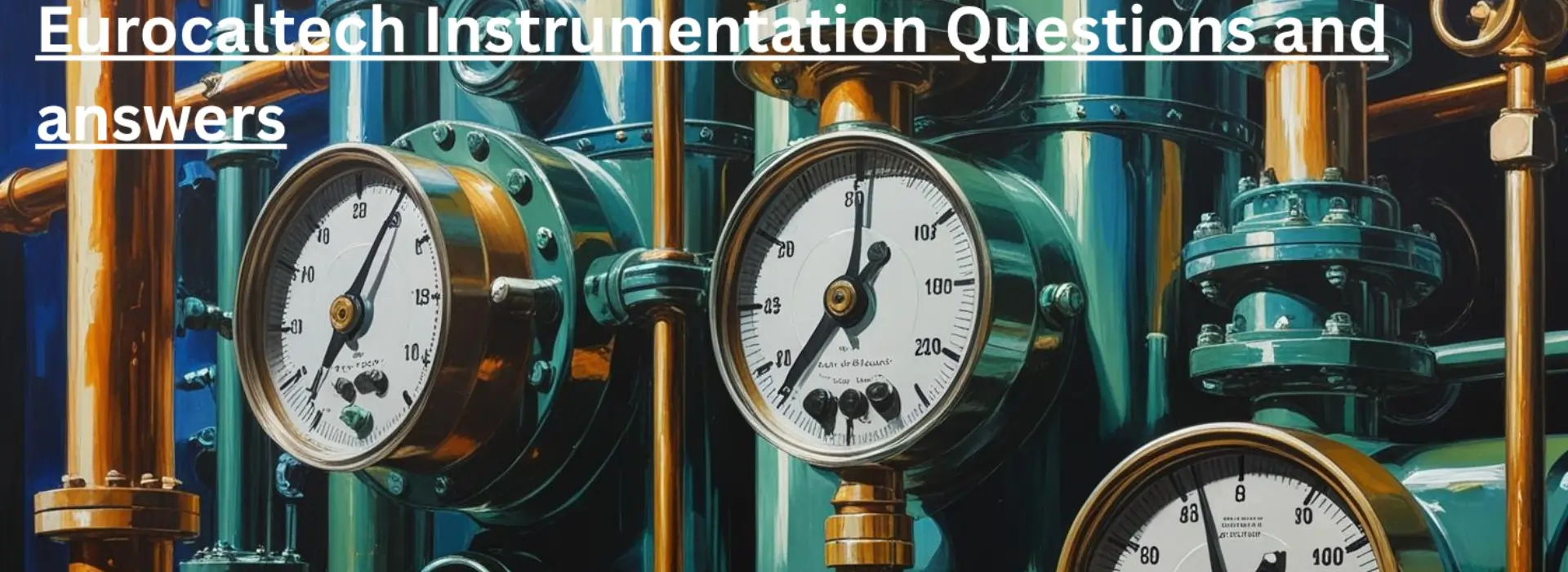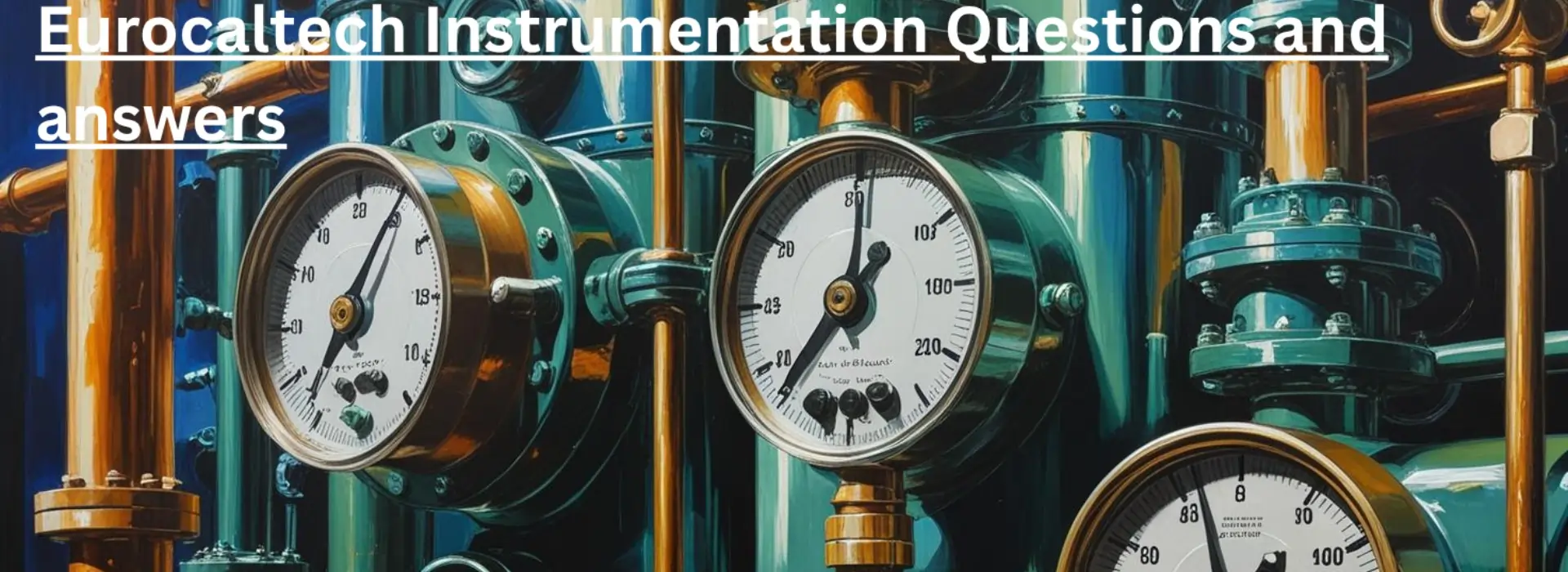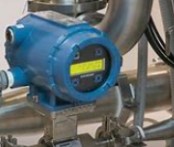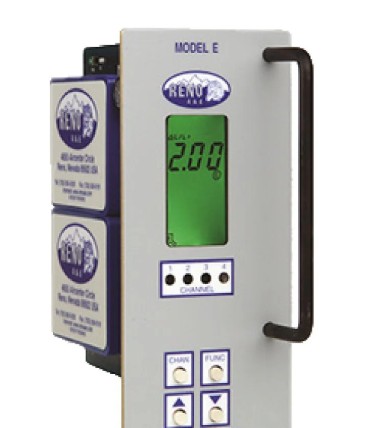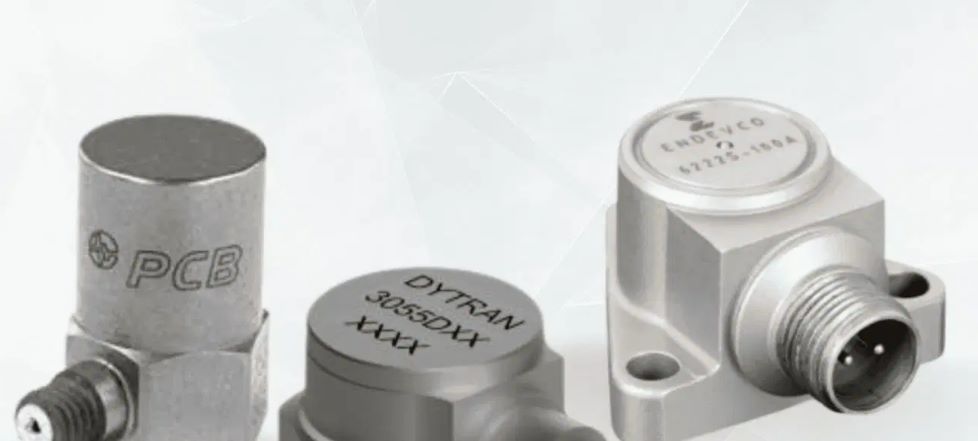Associated gas is natural gas produced with crude oil from the same reservoir. Appraisal wells are wells drilled to determine the size, reserve, and estimated production rate of an oil field. Treatment fluids are used to resolve specific wellbore conditions. Slurry is a mixture of suspended solids and liquids. Alkaline flooding is an oil recovery technique where an alkaline chemical reacts with the oil, forming surfactants inside the reservoir. Abrasive jetting is wellbore treatment using a fluid containing solid particles. Concepts like barrel, barrel of oil, BBL, BCF, BCM, BIT, BLOCK, BTU, Cementation, Clastic, Commercial Field, Completion, Compressor, Contingent Resources, Conventional Oil, Core and Coring, and Creaming Curve are used in oil and gas production.
Enhanced Oil Recovery (EOR) is a process using advanced techniques to increase oil recovery from oil reservoirs. It involves chemical flooding, miscible displacement, and thermal recovery. Fields, fish, fractures, fracturing, gas fields, gas injection, hot oiling, hydraulic disconnect, and running strings are used in EOR.

